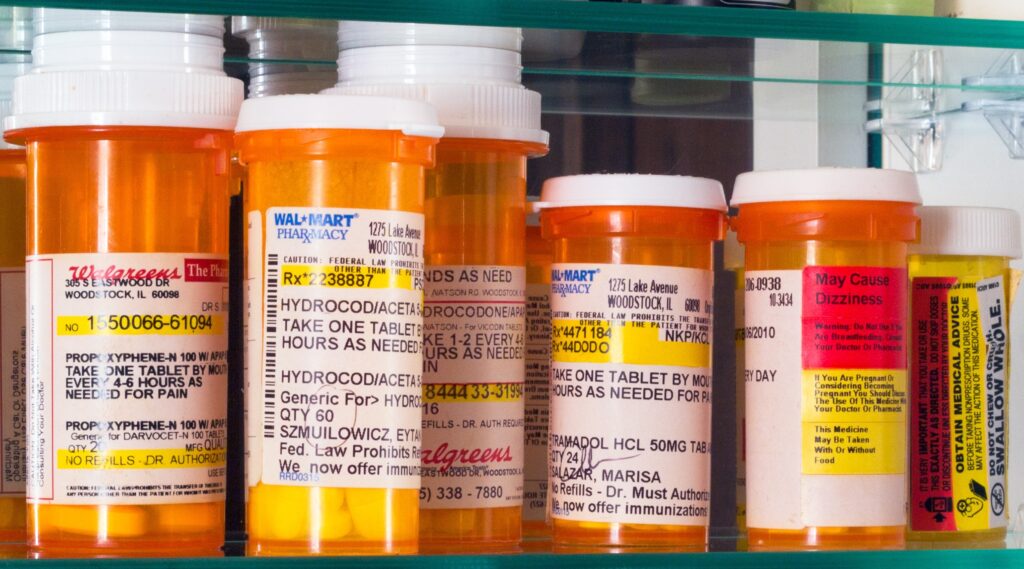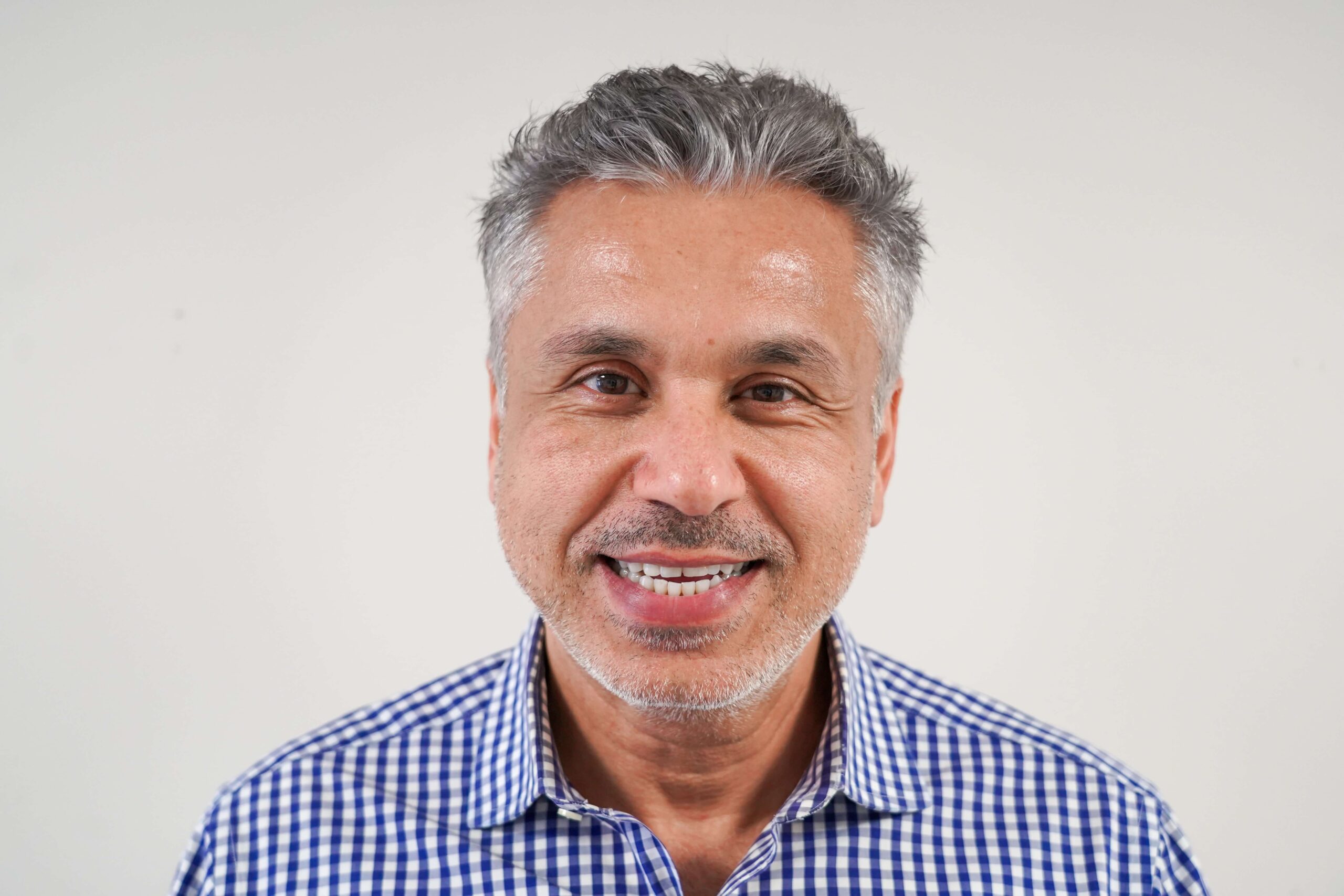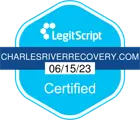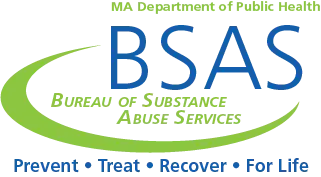The Massachusetts Opioid Crisis Is One of the Most Severe in the Nation
Over the past two decades, the opioid crisis in Massachusetts has increased exponentially. The crisis is worse in the commonwealth than in many other areas of the United States, as evidenced by many statistics. In 2020, over 2,000 people died in Massachusetts from opioid overdoses — more than ever before.
An Increasing Need for Opioid Treatment
The Department of Public Health Bureau of Substance Abuse Services indicates an increased need for opioid-related treatment in Massachusetts over that same time frame. In 2000, approximately one-third of inpatient admissions at substance abuse centers were opioid-related. The percentage had increased to more than half by 2015. Emergency room visits and hospitalizations for opioids also increased during that time due to fatal and non-fatal opioid overdoses.
Like cancer or diabetes, opioid abuse is a complex disease. Certain risk factors contribute to it, including family history and lifestyle factors. The 2021 National Survey of Drug Use and Health from the Substance Abuse and Mental Health Administration (SAMHSA) found that 61.2 million people aged 12 or older (21.9% of this population) had used illicit drugs in the previous year. Of these, 9.2 million had misused opioids.
Researchers concluded that 46.3 million people aged 12 or older (16.5% of this population) met the applicable psychiatric criteria for having an SUD in the past year; 29.5 million had an alcohol use disorder and 24 million had a drug use disorder. The percentage of Americans with a past-year SUD was highest among 18-to-25-year-olds. Of all those 12 and over with an SUD, 94% received no treatment.
High Economic Cost
Addiction is costlier than other brain conditions like Parkinson’s and Alzheimer’s. The U.S. House of Representatives Joint Economic Committee (JEC) estimated the cost of the opioid epidemic was nearly $1.5 trillion in 2020. This represented a 37% increase from the figure for 2017. Addiction can put people at greater risk for HIV and hepatitis, cirrhosis, and cognitive decline. It can also cause problems in family and interpersonal relationships.
What Are Opioids?
The term “opioids” refers to a family of substances that includes natural opiates, synthetic and semi-synthetic ones. Morphine and codeine are natural, while fentanyl, oxycodone (OxyContin®), and heroin fall into the semi-synthetic and synthetic categories. They also refer to drugs like prescription pain relievers and hydrocodone (Vicodin®).
Opioids are most commonly used to relieve pain, including acute post-surgical pain and chronic pain from cancer. According to Massachusetts’ 2016 Chapter 55 report on the state’s opioid epidemic, behaviors associated with opioid misuse include:
- Taking a higher dose than prescribed
- Using illicit drugs like heroin
- Taking someone else’s prescription
Opioid Side Effects
Opioids have short-term and long-term side effects that include:
- Drowsiness and depressed breathing in the short-term
- Tolerance, dependence, and addiction in the long term
Side effects are independent of each other but can occur together.
Tolerance happens when the body requires higher doses to achieve the same effect. When the body becomes accustomed to the presence of an opioid, dependence occurs. Addiction is the next step, where the brain and body work together to produce responses that negatively and drastically affect behavior.
Prescriptions Open the Path to Addiction
Many people know all too well that their opioid addiction began with prescription pain relief. Both legal and illegal opioids have contributed to the addiction problem in Massachusetts. Nearly one in six residents received an opioid prescription from a healthcare provider in 2015, with those prescriptions filled an average of three times.
The path to addiction, and sometimes death, often occurs when those taking prescription opioids develop a tolerance and begin taking more medication than they should. This often means that they look toward illegal means to maintain their dependence, and it doesn’t matter what type of opioid individuals initially used. The Massachusetts report cited above noted that 65% of those with a positive heroin toxicology screening had a legal prescription within the previous three years. For fentanyl, it was 68%. Of those who had a positive methadone screening, 76% had a legal opioid prescription within the three years prior to death.
How Prescription Opioids Affect the Brain
Opioids bind to and activate receptors in the brain, spinal cord, and other areas of the body associated with pain and pleasure. When attaching to receptors, they block pain signals and send large amounts of dopamine through the body, which can reinforce taking the drug and make the user repeat the experience.
The Three Most Commonly Abused Opioids
Prescription drugs, fentanyl, and heroin are the most commonly abused opioids, although other types also frequently show up when people seek treatment. Although similar in some ways, opioids have subtle differences regarding symptoms and treatment.
Prescription Opioids
Prescription opioids are highly addictive, so overdoses and deaths are common when they are misused. Slowed breathing, a side effect of taking prescription opioids, can lead to hypoxia, in which too little oxygen reaches the brain. This condition can lead to several short- and long-term effects, including coma, permanent brain damage, and death.
Older adults have a particular risk for misuse as they may have multiple prescriptions because of chronic disease. Their slowed metabolism also affects the breakdown of drugs. Impaired judgment can lead to sharing injection equipment and contracting infectious diseases such as HIV. Prescription opioid misuse can lead to heroin use as these drugs produce similar highs.
Repeated misuse of prescription opioids can lead to a substance use disorder. Those addicted to prescription opioids can experience withdrawal symptoms that can make it extremely difficult to kick the habit. They include:
- Muscle and bone pain
- Sleep problems
- Cold flashes
- Diarrhea and vomiting
- Uncontrollable leg movements
- Severe cravings
Fentanyl Usage
Fentanyl addiction is higher in those who have a history of drinking large amounts of alcohol, use street drugs, overuse prescription medications or have had depression or another mental illness. Only doctors experienced in treating clients with severe cancer pain should prescribe fentanyl. The drug can interact negatively with other medications, which is why clients should take extreme care when using this opioid.
Fentanyl side effects can include:
- Stomach pain
- Gas
- Pain
- Heartburn
- Weight loss
- Anxiety
- Depression
- Unusual thoughts or dreams
- Vision changes
- Difficulty urinating
- Difficulty falling or staying asleep
- Dry mouth
- Uncontrollable shaking
- Chest or back pain
Some side effects call for immediate medical treatment. Call 911 immediately if you notice any of these:
- Changes in heartbeat
- Agitation or hallucinations
- Severe muscle stiffness or twitching
- Nausea, vomiting, weakness or dizziness
- Seizures
- Hives
- Difficulty breathing or swallowing
- Confusion
- Fainting
Heroin Usage
The illegal drug heroin is extremely addictive. Made from morphine, it comes from the seedpods of poppy plants. It typically appears as a white or brown powder and less frequently as a black, tar-like substance. Those abusing heroin take it via injection, sniffing, snorting, or smoking, sometimes mixing it with crack cocaine. Heroin reaches the brain very quickly, making it highly addictive.
Heroin usage has some well-known short- and long-term effects. Users feel a rush of pleasure and may experience a warm flushing of the skin, dry mouth, and heaviness in the arms and legs. They may also experience severe itching, nausea, and vomiting.
Long-term users may develop health problems involving the liver, kidneys, lungs, abscesses, and mental disorders. Users also risk hepatitis, HIV, bacterial, bloodstream, and heart infections. Collapsed veins are also common.
Heroin addicts often have multiple problems in their lives due to their drug usage. All users risk an overdose every time they use the drug because they never know the strength of the substance they are ingesting. Many use heroin in conjunction with other medications.
The medicine naloxone is commonly used to treat heroin or other opioid overdoses. Two naloxone forms, nasal spray and injectable, are available for anyone without medical training to use on someone suffering an overdose. Naloxone is commonly available at pharmacies.
What Are the Signs of an Opioid Overdose?
When people overdose on opioids, they may experience a range of common symptoms that indicate treatment is needed. Signs of opioid overdose include:
- Tiny pupils
- Loss of consciousness or inability to wake
- Choking or gurgling
- Slow, shallow breathing
- Vomiting
- Limpness
- Pale, blue, or cold skin
- Faint heartbeat
- Purple lips and fingernails
Treatments for Opioid Use Disorder
The goal of treating those with opioid use disorder is to help them change their behaviors so that they don’t overdose and possibly die. Opioid treatments have three general components:
- Medicines to wean users off the substance and help them stay off it
- Counseling and behavioral therapies
- Residential and hospital-based treatment
Drugs Combatting Opioid Substance Disorder
Methadone, buprenorphine, and naltrexone are opioid agonists and partial agonists used to ease withdrawal symptoms and cravings. The FDA also recently approved lofexidine, a non-opioid medicine designed to relieve opioid withdrawal.
These drugs work by targeting one or more of the areas of the brain that opioids act on. However, they do not make people feel high. Instead, they restore balance to the areas of the brain affected by addiction, allowing it to heal while users work toward recovery. The medications act on one or another of the targets in the brain that opioids act on by restoring balance to the parts of the brain affected by addiction. This allows the brain to heal as you begin recovery. These drugs can be taken safely for years if needed.
Naltrexone works differently by taking away the high felt with opioids. It is generally prescribed to prevent a relapse after being off a drug for at least seven days. A similarly named drug called naloxone treats overdoses. When they take buprenorphine, clients are less likely to misuse the addictive drug they took.
How Counseling Helps
Counseling can help clients change attitudes and behaviors related to drug usage by building healthy life skills. Types of counseling commonly used for addiction treatment can include:
- Individual counseling for settling goals, discussing legal concerns and family problems
- Cognitive behavioral therapy (CBT) to help recognize and stop negative thinking and behavior while adopting coping skills and managing stress
- Motivational enhancement therapy to create motivation to remain with treatment
- Contingency management, focusing on incentives for staying off opioids
- Group therapy helps clients realize that others have the same issues and learn new strategies for dealing with addiction issues
- Family counseling, including partners, spouses, and other family members, to help improve important interpersonal relationships
How Charles River Recovery Can Help
When individuals or families seek help for someone dealing with opioid addiction, they want a facility with extensive experience in treating this serious problem. At Charles River Recovery, we have an experienced, caring team that provides personalized and evidenced-based treatment to maximize success and set the foundation for long-term recovery.
The facility offers a comprehensive treatment for opioid substance use, including detoxification, medication-assisted treatment, and inpatient and outpatient treatment. Our caring professionals are dedicated to helping clients make the lifestyle changes necessary for addiction recovery while helping them recognize triggers that could lead to a relapse.
Charles River Recovery provides individual counseling, group therapy, support groups, sober houses, continuing care, and aftercare programs. Our holistic approach to addiction treatment also includes meditation, yoga, acupuncture, exercise programs, and art therapy to promote physical and emotional well-being and enhance overall recovery.
Recovering from addiction is a challenge. To get the best possible treatment and start on the road to recovery, call our center’s admissions department at 844-441-0455 to schedule an intake interview.






